Accepting online donations is essential for any not-for-profit organisation. But just slapping a PayPal link on your site isn’t enough – you need to establish a process that builds trust and actively encourages more substantial donations. But what does that actually look like? Based on our extensive experience, here’s a list of the most important things you need to do to optimise your online fundraising:
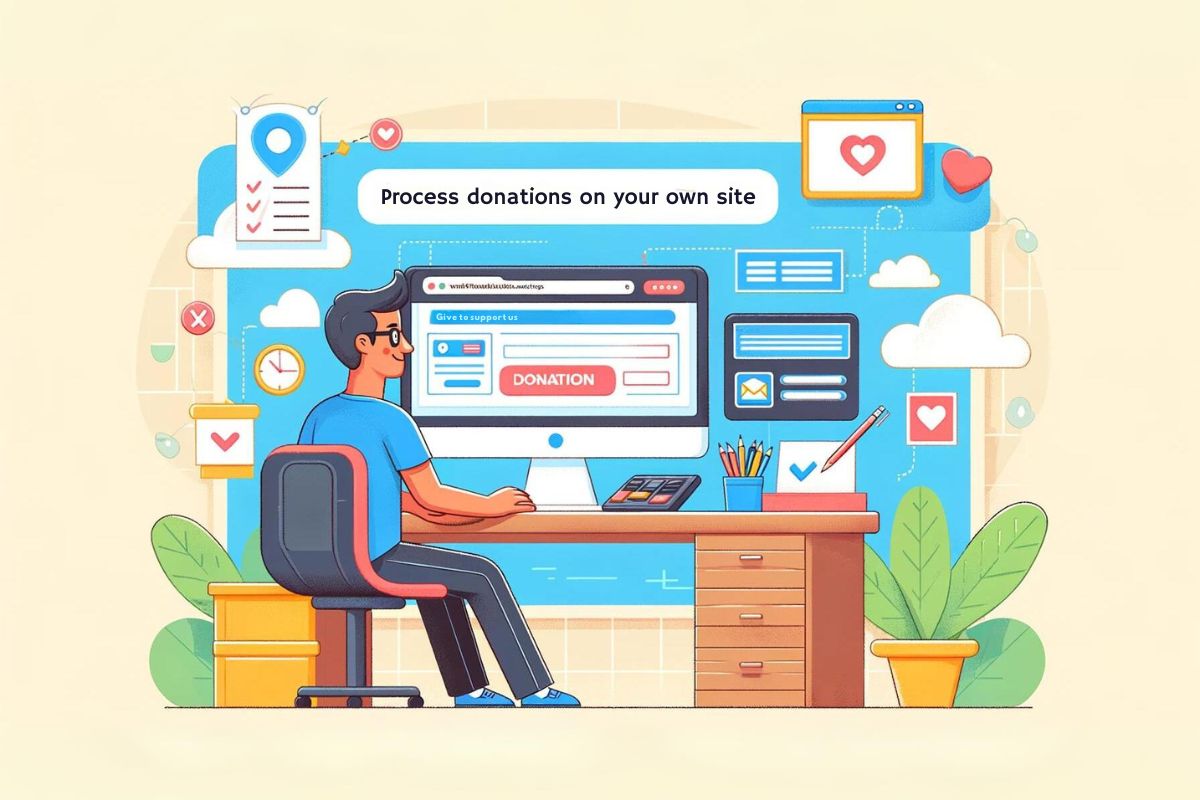
Process donations on your own site
First and foremost, your online donation process should be integrated directly into your own website. Sending people off to another site – whether that be PayPal, Raise.ly, GiveNow, or any of countless others – looks unprofessional and can seriously damage people’s confidence in the process. Keeping them on your site throughout the process on the other hand ensures a smooth, consistent experience and reassures the donor that their gift is going directly to your organisation.
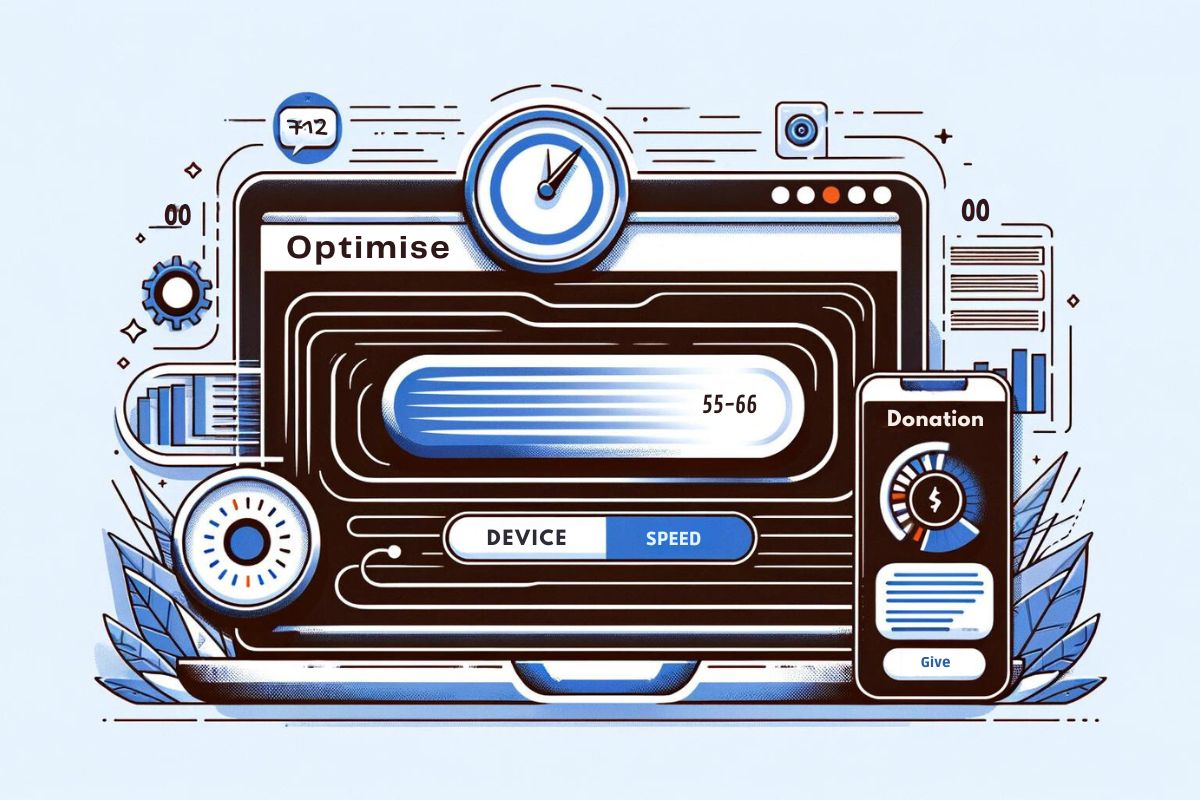
Optimise the page
Your donation page, like the rest of your site, needs to load quickly and be optimised for use on all devices. Younger donors in particular are far more likely to give via their mobile phone, and if your donation page doesn’t look right or fails to work properly on their phone you’ve already lost them.

Minimise distractions
Once someone reaches your donation page, you want to ensure that they are focused on one thing – making a gift. It is therefore best practice to hide your site’s navigation during the donation process as this eliminates potential distractions and reduces the chances that your potential donors will drift off to another part of your site before completing their donation.
Similarly, ensure that your donation page doesn’t offer any other calls to action such as a newsletter subscription. There are plenty of other opportunities for that elsewhere on your site including on the thank you page after the donation is complete.

Demonstrate a strong value proposition
Just because someone reaches your donation page doesn’t necessarily mean they are fully committed to giving. You need to seal the deal by providing a compelling reason for them to donate via suitable imagery and text alongside the donation form.
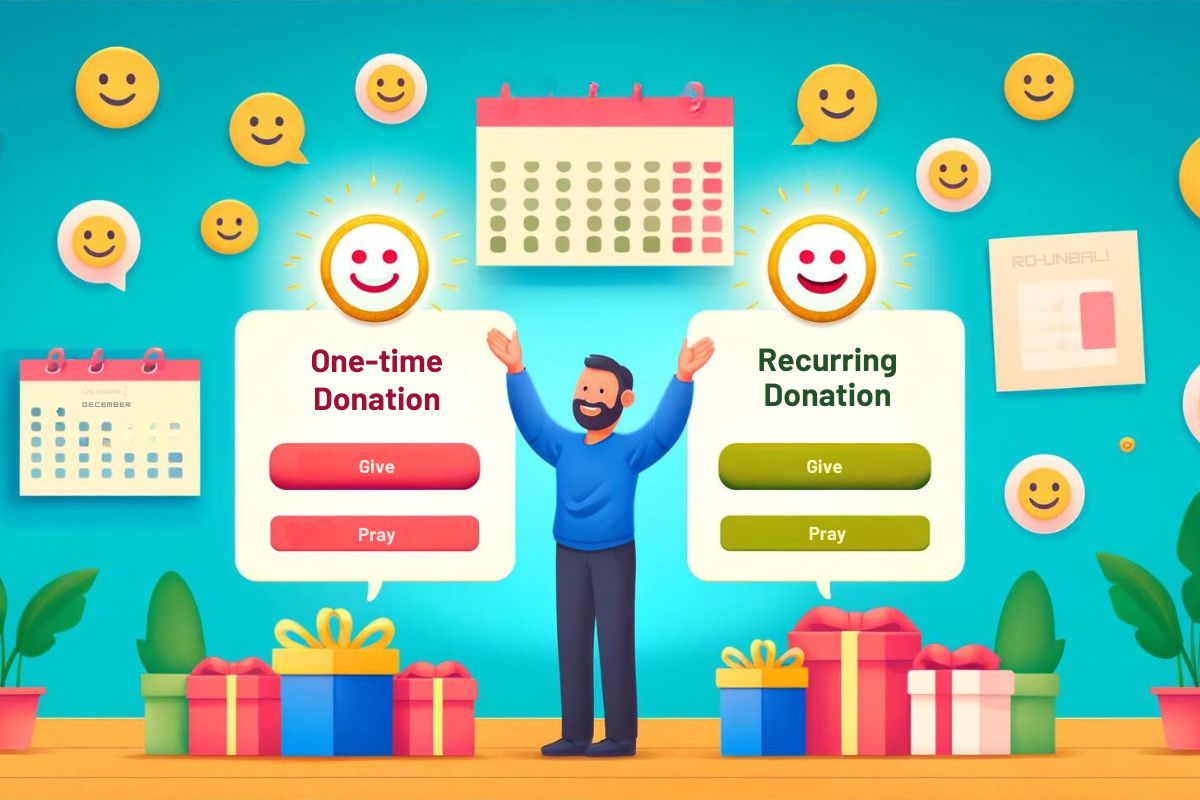
Offer both one-off and recurring options
Recurring gifts are one of the most important ways of ensuring your organisation receives regular ongoing income outside of specific fundraising campaigns. While we don’t recommend making a regular gift the default (this could cause significant problems if donors feel they’ve been tricked into signing up for a recurring payment), it’s essential to give donors that option and certainly appropriate to encourage it.
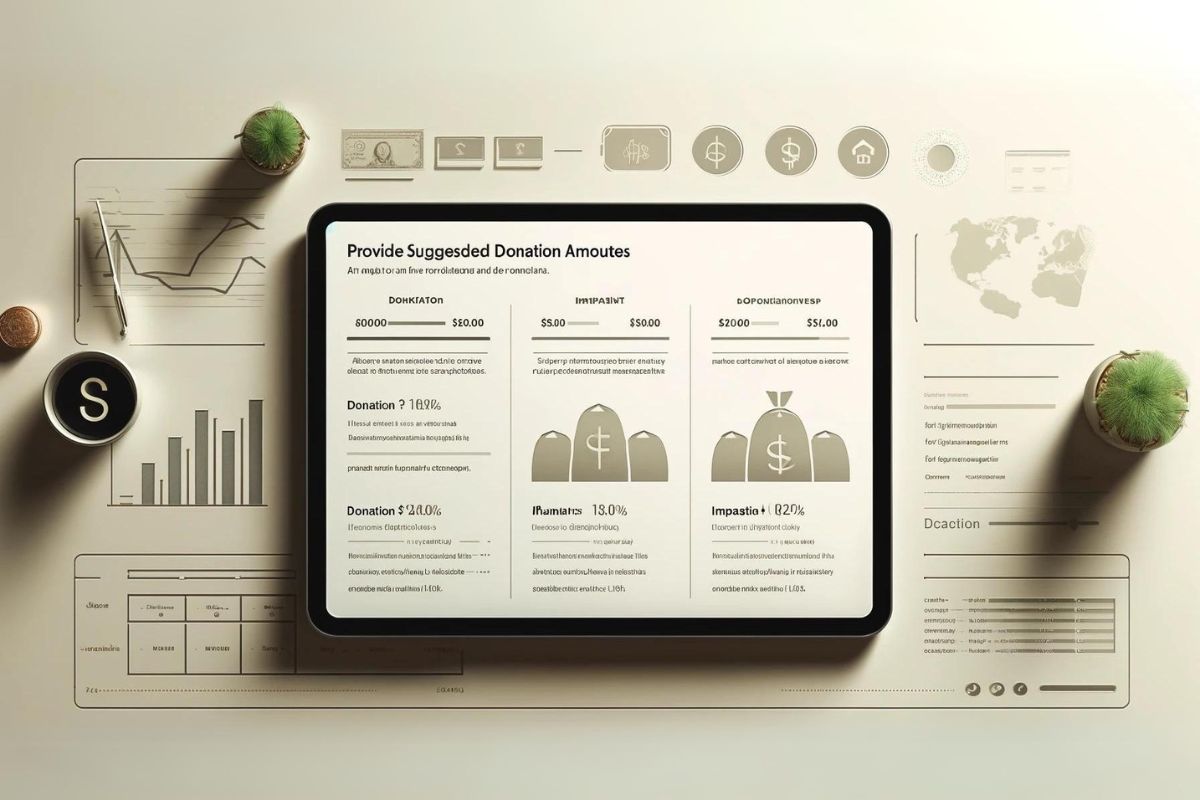
Provide suggested amounts, with impact statements
One of the most effective strategies to increase donor contributions is to offer a predefined list of suggested gifts. Sometimes called a “gift array” or “dollar handles”, this indicates to donors what sort of amount others might be giving. Selecting one of the mid-range amounts as a default prompts people to give more than the “minimum” while still allowing for those who may not have a lot to give to feel that they’re contributing. Of course you should still allow donors to enter their own amount if none of the suggested amounts suit them.
Where possible, each of the suggested amounts should be accompanied by an “impact statement” which indicates exactly what that amount of money could achieve. This is not a promise that the money will be used for that specific purpose, but it shows people that their gift – no matter the size – has a real-world impact, and may prompt them to give more than they may have otherwise. While some organisations will struggle to be able to articulate this, if you are able to do so it can be incredibly powerful.
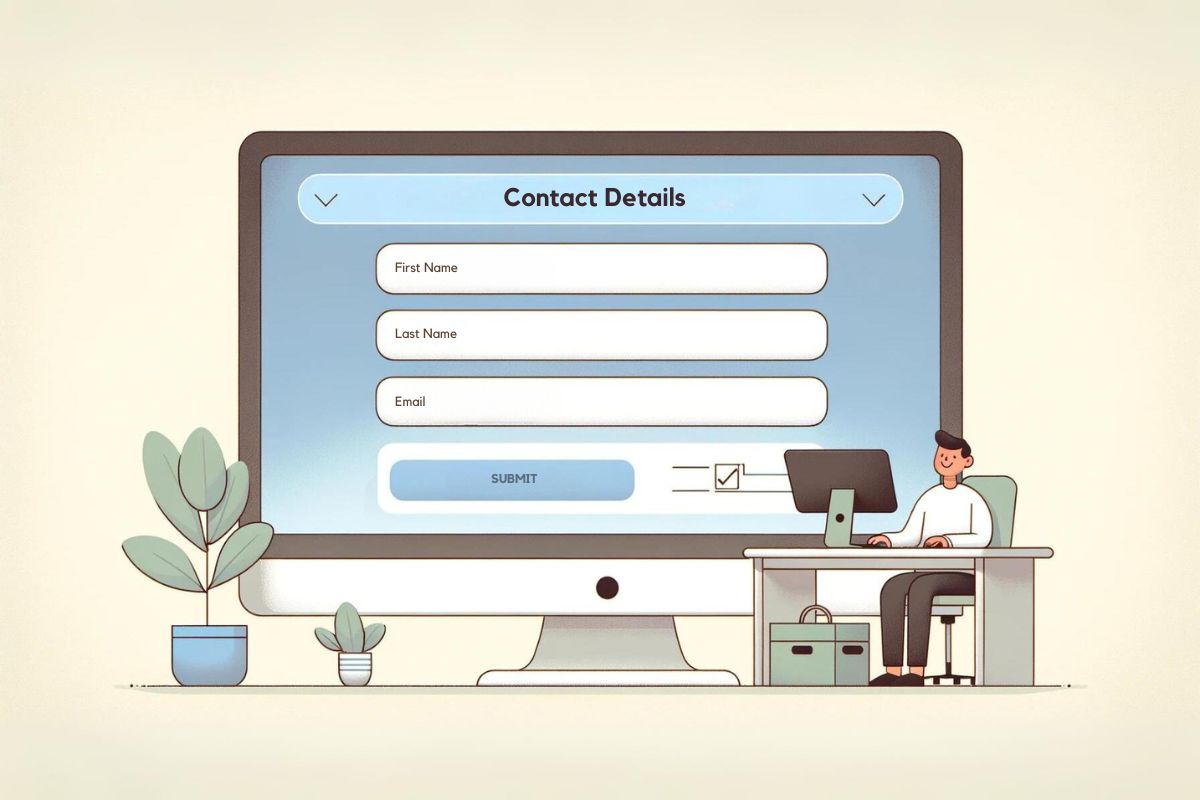
Only ask for essential information
While it’s understandable that you want to know as much as possible about your donors, every additional field you ask them to complete (even if it’s optional) adds extra friction to the process and increases the chances that they’ll just throw their hands up (metaphorically) and decide it’s more effort than it’s worth.
Besides details about the gift itself (amount, frequency, and designation), you should only request the minimum information necessary to properly thank and follow up with donors.
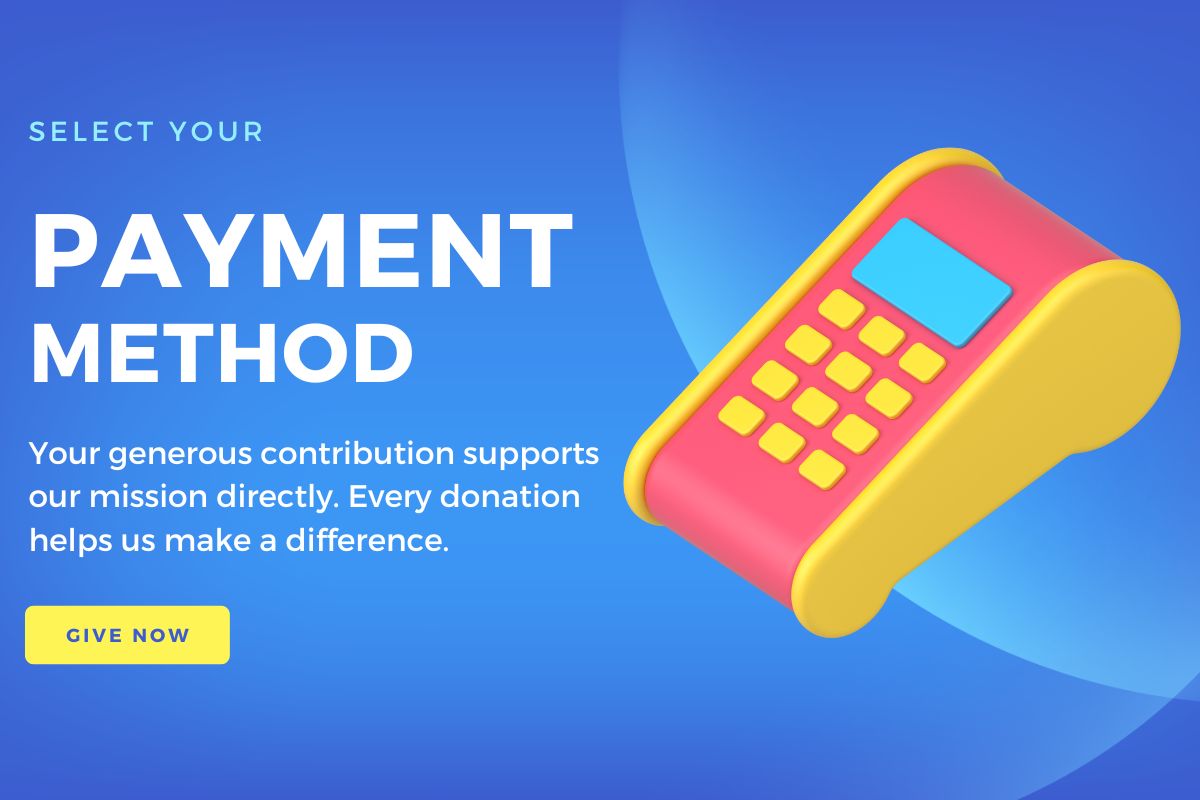
Accept multiple payment methods
While you don’t want to overwhelm your donors with unnecessary requests for information, you do want to offer them as many different ways to give as possible. Everyone has their own preference for how to pay for things online – some people prefer to use PayPal, others are happiest just entering their credit card details, while still others will prefer digital wallets like Apple Pay and Google Pay. Offering a range of payment methods maximises the likelihood that potential donors will find an option that suits them.

Implement meaningful follow up
The positive donation experience extends beyond the successful processing of the payment. The way you thank the donor and how you follow them up in the days and weeks after their donation have a huge impact on the chances of them returning to donate again.
As soon as their donation is complete you should thank them on-screen and send them an email thanking them again along with a summary of the details of their gift (this can be either a simple confirmation or an official receipt). Both of these should reiterate the importance of their gift and the impact they have made.
Especially if it’s their first gift, you should follow them up a few days later – with a phone call if you have the staff capacity to do so, otherwise with an email – once again thanking them for their donation and offering additional ways for them to get involved or otherwise engage with your organisation.
Do you need help optimising your online donation processes? We’re here to help.
How many of these things are you doing for your online donations? Is there anything else you think we’ve missed?
